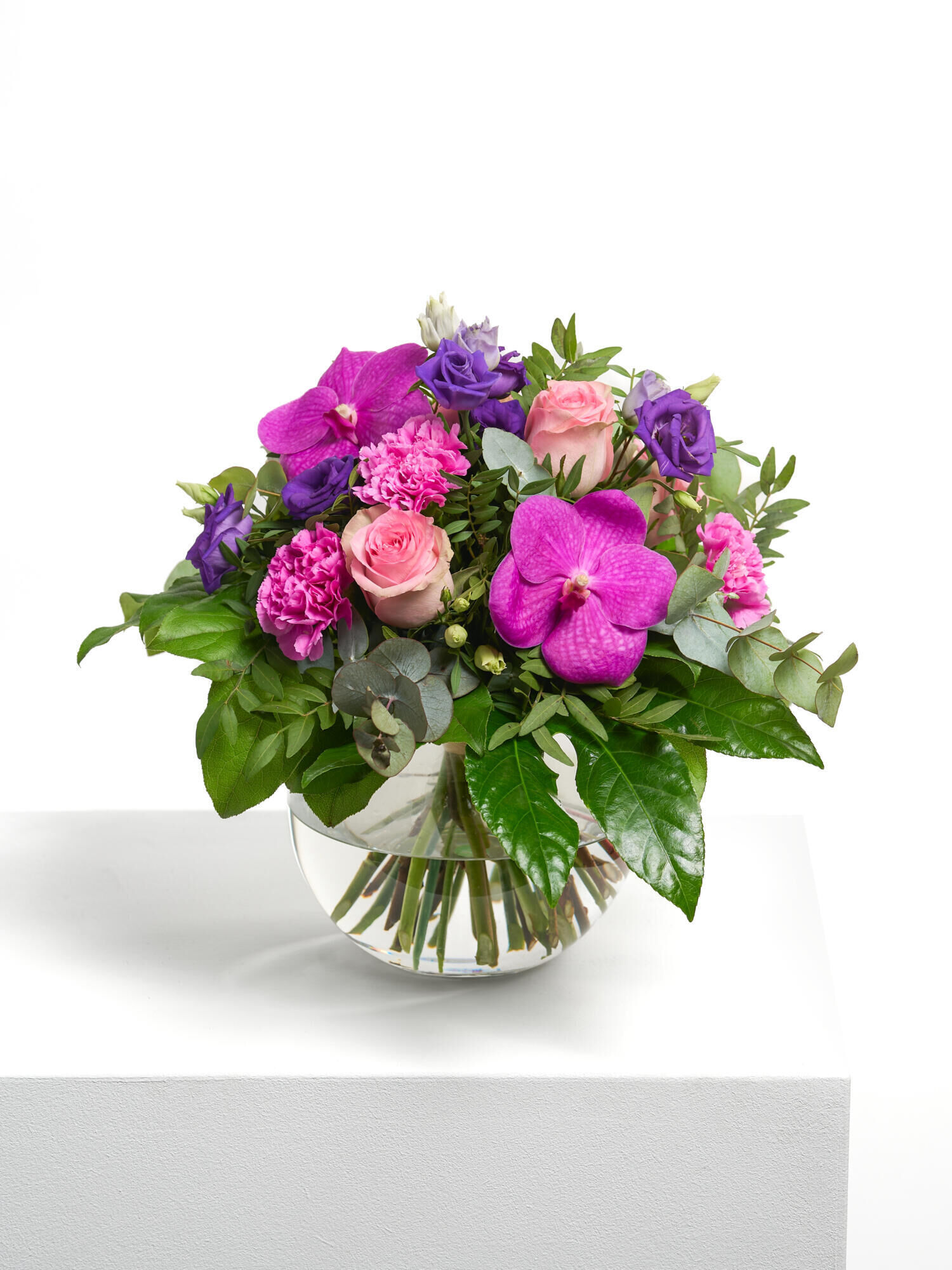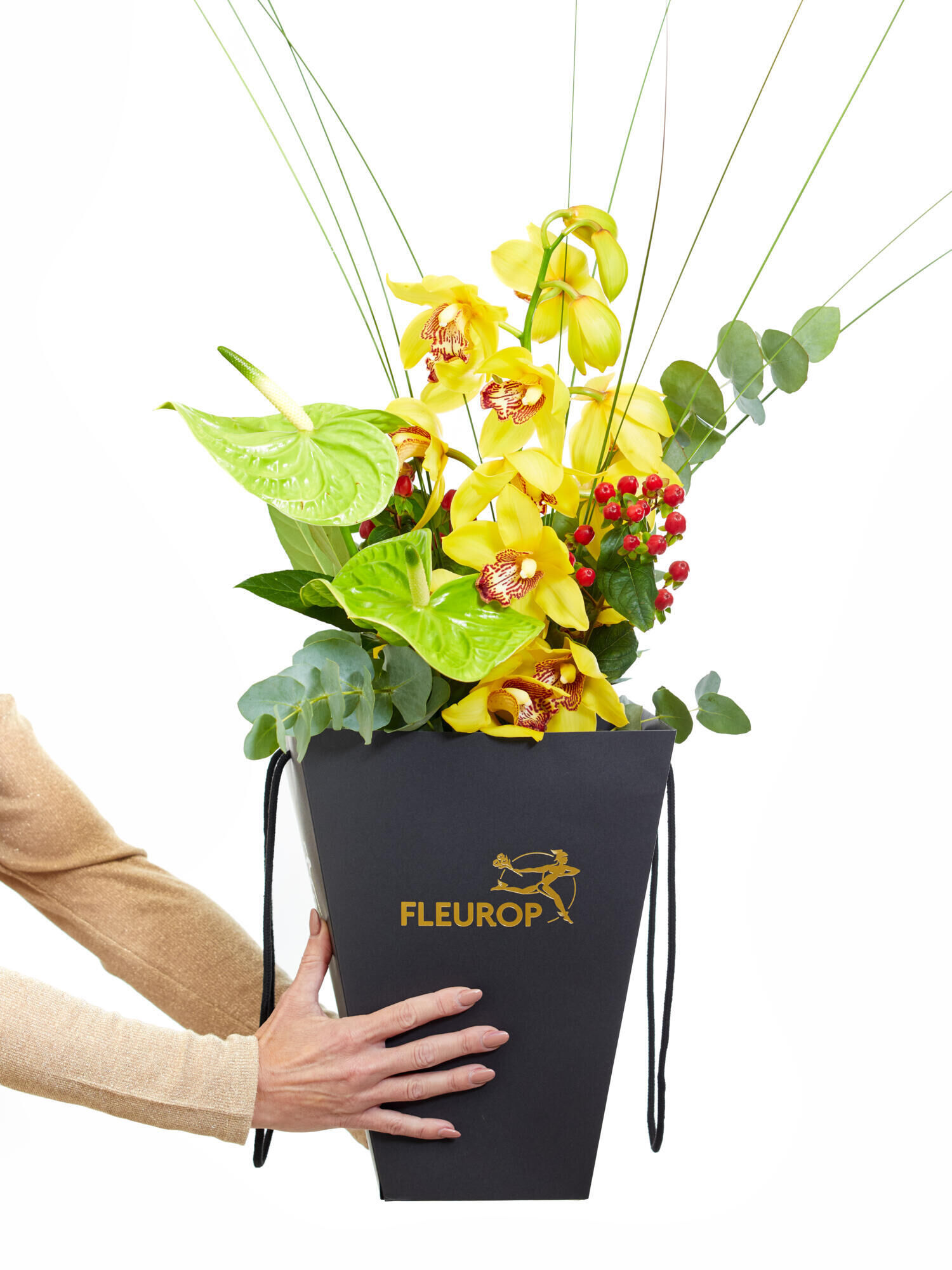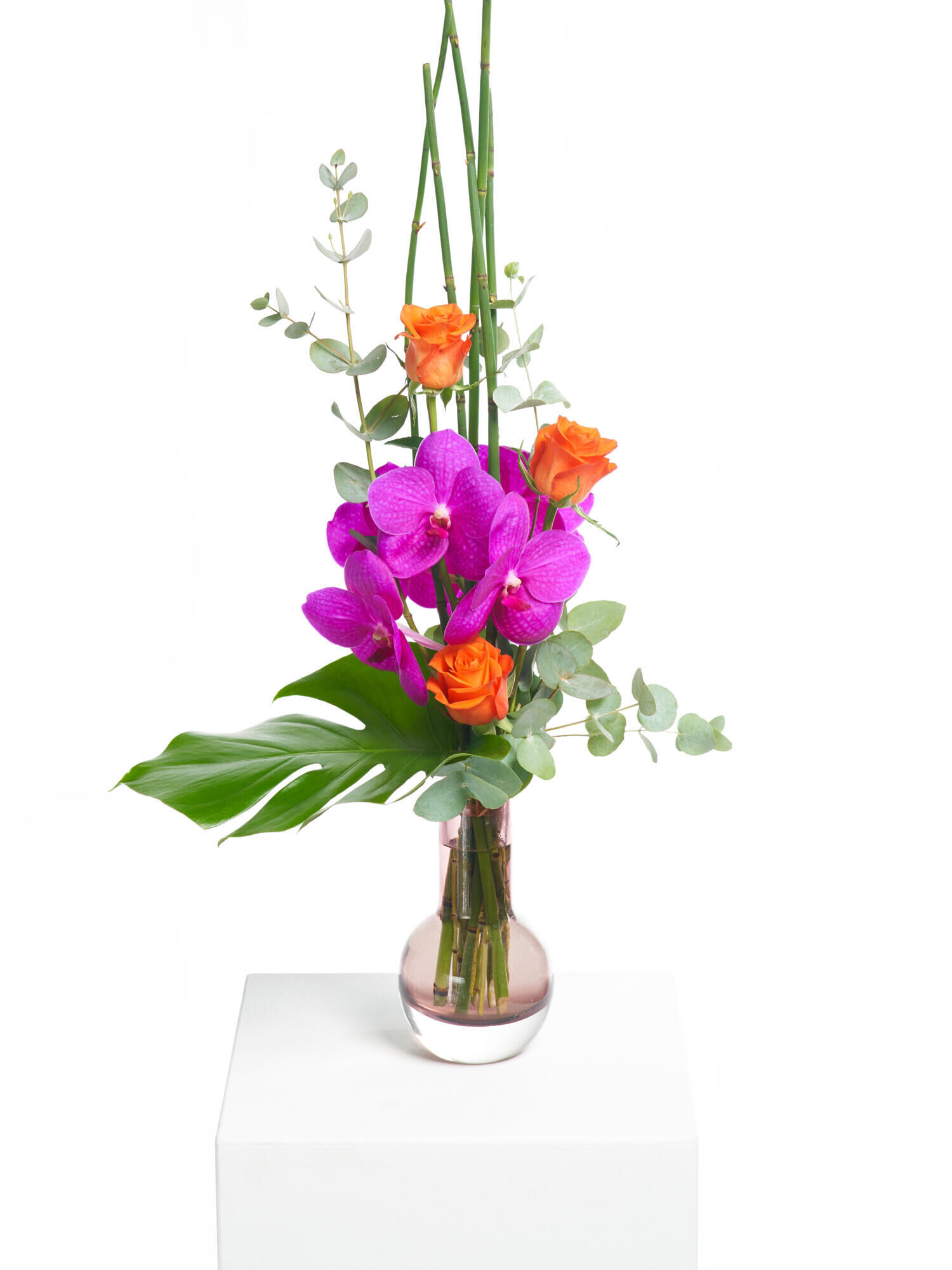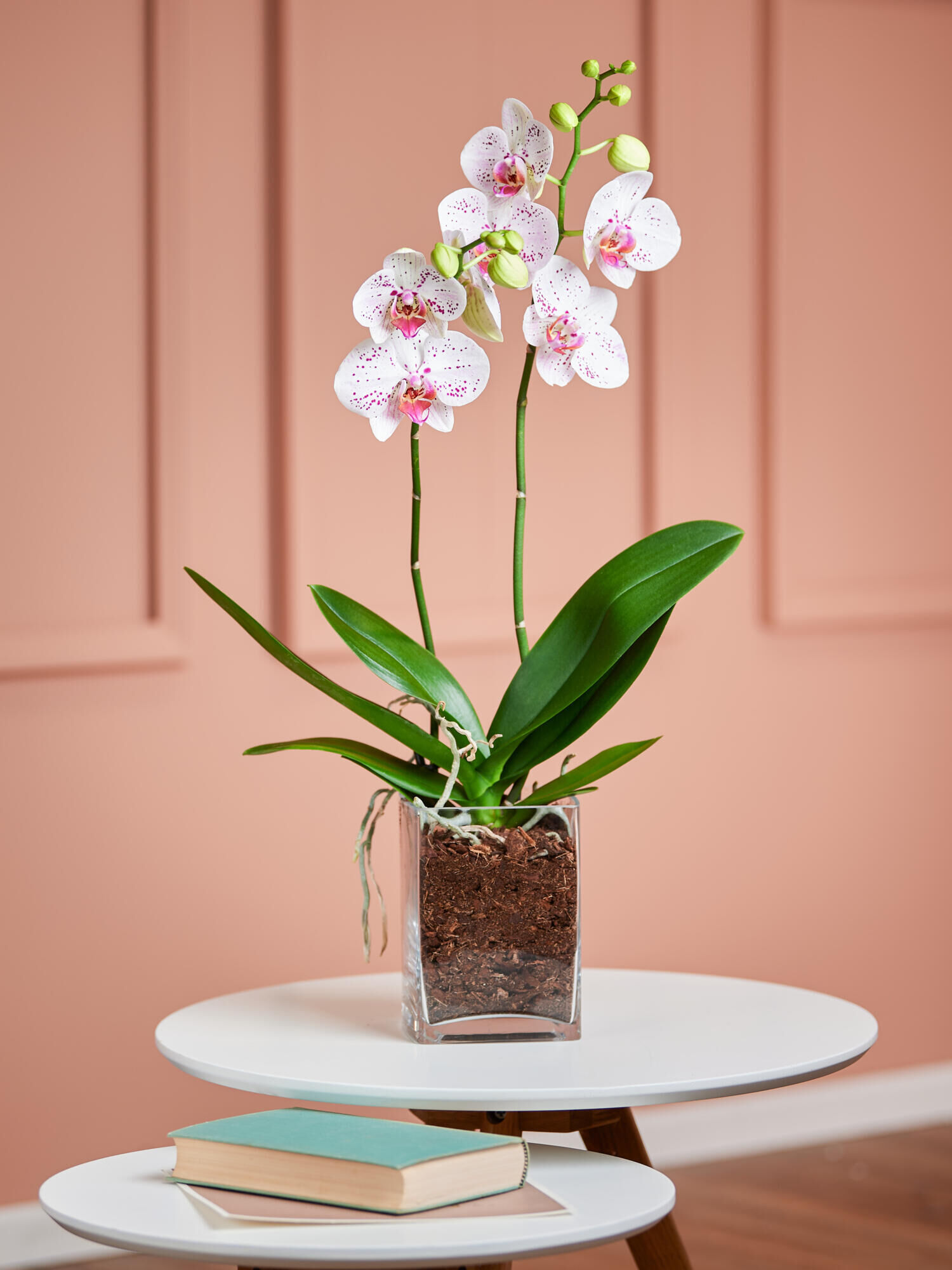Orchid Care: Tips and Information on Orchids
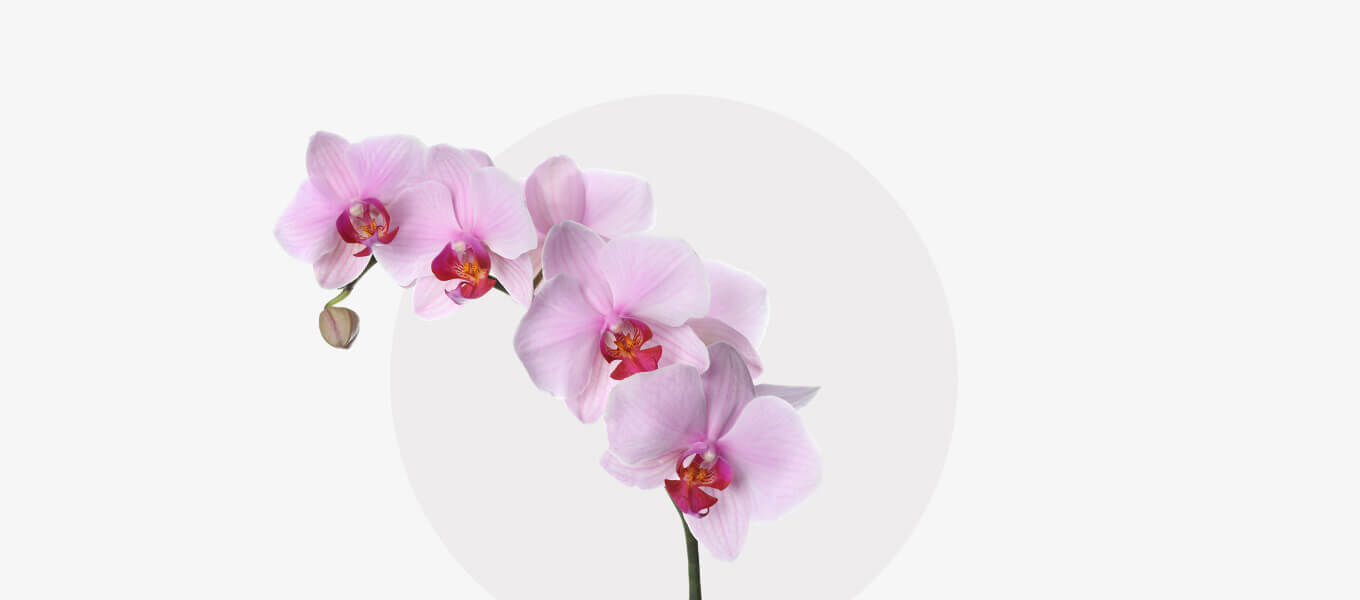
The orchid is the queen of houseplants! With around 30,000 different species, orchids are the second largest plant family after the composite plants (Asteraceae) - and are among the most popular houseplants. No wonder: They look precious, exotic and graceful. They used to be considered difficult to cultivate. However, thanks to successes in tissue culture, the new cultivars are now extremely robust and available in a wide range of varieties. And above all, the cultivated hybrids, unlike the collector's items of earlier times, have become affordable. If you find the right balance in orchid care and pay attention to a few small features, you can keep your orchids blooming again and again.
The most important facts about the orchid plant family
In addition to their importance as houseplants, there are also a few useful plants in the orchid family, such as the vanilla plant. Wild orchids can also be found in deciduous forests or on mountain slopes, such as the lady's slipper (Paphiopedilum). Anyone discovering orchids in the wild should bear in mind that they are strictly protected.
Origin
Orchids have always fascinated people with their endless colours and flower shapes. The Chinese philosopher Confucius described their lovely fragrance as early as the 500th century BC and used the symbol "Ián", which stands for beauty, grace, elegance, love and purity. However, the orchid family has much earlier origins: it is estimated that it originated around 120 million years ago. However, it took until the 17th century before the plant became known in Europe. The first tropical orchid in Europe bloomed in Holland in 1615. In the 19th century, numerous collections were established in Great Britain due to its colonial power. Imports of orchids only declined when cultivation became increasingly important.
Location & suitable soil
Location: In their natural habitat in the rainforest, orchids only catch a little light through the treetops. Direct sunlight is therefore unsuitable for orchids. It is best to place their pots in bright east or west-facing windows. Draughts should also be avoided. Thanks to new cultivars, the popular Phalaenopsis can cope well with dry heating air. Leaves of other orchid species should be sprayed frequently with water that is not too cold and free of lime, especially during the heating period.
Substrate: Commercially available orchid soil or pine bark is ideal. These are sometimes divided into coarse and fine pine bark and can be selected depending on the pot size.
Appearance
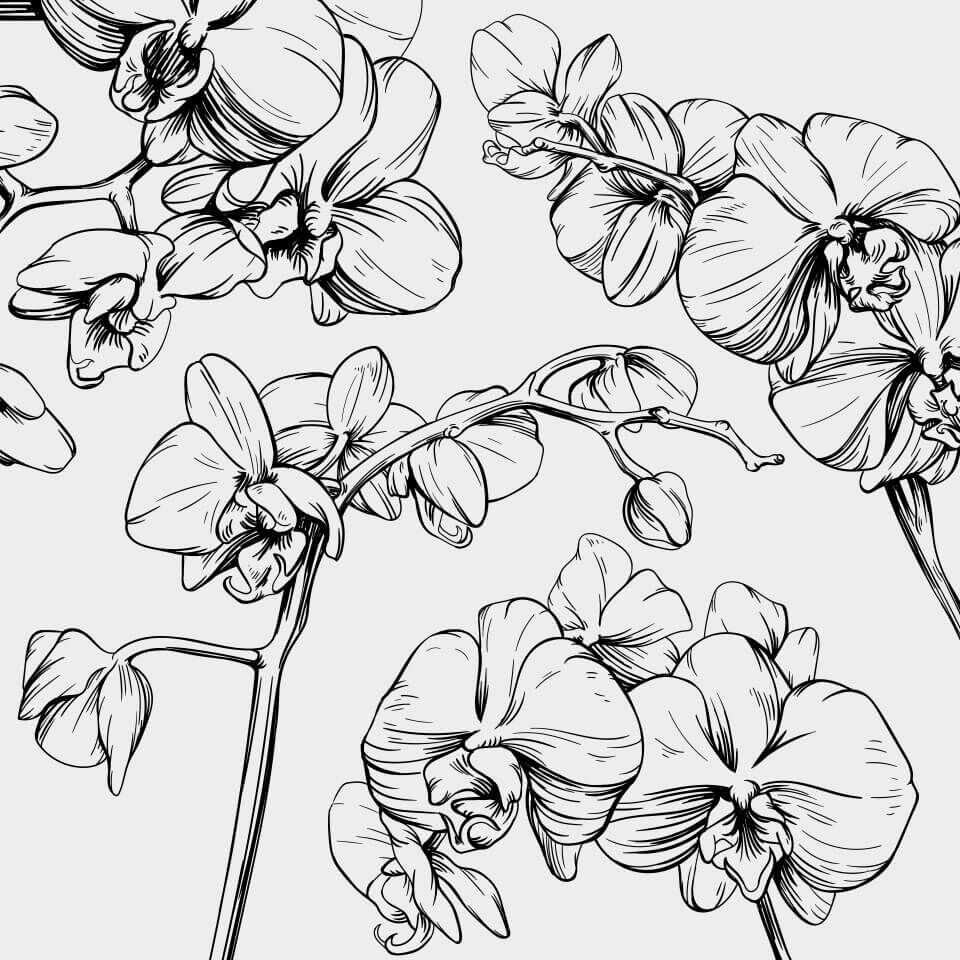
Flowers: flowering time, colour & shape
Most orchid species flower once a year and then for around six to ten weeks. Phalaenopsis, on the other hand, can even flower one to three times a year, for a period of several months.
What orchid colours are there?
The colour palette ranges from white to shades of pink, orange, red, purple and yellow.
Varieties: What orchid varieties are there?
Cambria: A cross between different genera that do not occur in nature. Very large variety in size and shape: from 1.5 cm to 20 cm, from star-shaped to round. The variety of colours ranges from red to brown and purple; pink, orange, white and yellow specimens with markings are rarer.
Cattleya: Very diverse forms. Large and small-flowered. Particularly varied, spectacular colours, such as yellow with a dark red lip. Originally from Central and South America.
Cymbidium: Cymbidiums grow naturally on the ground or on trees. Long, grass-like leaves and up to six or more flowers on long stems. Flower colour: white, yellow, green, pink, red and brown.
Dendrobium: Grows naturally on trees and rocks. Inflorescence on the trunk. Flowers develop in small clusters opposite each leaf axil. Blooms for more than eight weeks. Flower colour: White, yellow, orange, red, dark purple, many colour combinations.
Miltonia: Also called pansy orchid. Shape and size vary greatly. Mostly large-flowered varieties in the trade. Shoot-forming with one or more flower stems, each bearing around five flowers. Flower colour: White, yellow, pink, red, violet. Striking flower pattern.
Oncidium: Also known as tiger orchid or dancing princess because the flowers resemble a ball gown. Flower size around 2 cm. Each flower stalk has a multitude of flowers, mostly in yellow-red-brown. Flower colours range from white to brown.
Paphiopedilum: Usually called lady's slipper in German because of the shoe- or slipper-shaped flower lip, which serves as an insect trap in nature. Flowers grow singly or in clusters. Unusual single flower with four splayed sepals and
sepals and a shoe-shaped lip. Depending on species and variety: White, yellow, green, brown, red, often in colour combinations and also spotted, striped, mackerel.
Phalaenopsis: The best-known orchid variety, also known as the butterfly orchid. Small or large-flowered species. Flower colours: White, yellow, cream, pink, brown and purple. There are also new cultivars with specially shaped and patterned flowers, as well as butterfly orchids with one to three flower spikes and larger individual flowers with a diameter of seven or more centimetres.
Vanda: Grows naturally on trees. Small and large-flowered flower forms. Colour palette in all colours of the rainbow, mostly monochrome from orange to blue/pink. Often with an intense fragrance.
Zygopetalum: Grows naturally on tree stumps and rocks in damp environments and originates from South America. Flower sizes from 2 to 10 cm, in shades of white, blue, red and purple. Some varieties have an intense floral scent.
The orchid is also a wild orchid found in calcareous grasslands. The bee orchid is also a native wild orchid. Wild orchids are generally protected.
Orchids as easy-care flatmates
In addition to Phalaenopsis, many other orchid species today are also uncomplicated. The basic rules are: They need little water and plenty of light, but no direct sunlight. It is important that the light also reaches the roots. Normal potting soil is therefore unsuitable. Orchid substrate or pine bark are better. Transparent pots, glass containers or special orchid planters also ensure that it is not too dark for the roots. When transporting them home and choosing a location, you should bear in mind that orchids do not like extreme cold or heat, temperature fluctuations or draughts. The kitchen or bathroom are more suitable than the living room because the humidity is higher there. Ideally, the room temperature should be 18 to 20 degrees Celsius.
It is also possible to cultivate orchids without soil, in which case the thick fleshy roots must be regularly sprayed with water. Under no circumstances should they be left in water permanently, as this would quickly lead to them rotting.
Care tips for orchids
Location: What is the best location for orchids?
At least after they have faded, indoor orchids should be kept in a cooler place. In a bright but not sunny window in a cooler, unheated stairwell, for example. During the flowering period, the orchids can be brought into the room so that you can enjoy the splendour of their flowers.
Watering orchids
Another important factor in caring for orchids is watering. Plants are often watered too often and too much. This causes the roots to rot. At normal room temperature, orchids need to be watered about once a week - but only if the substrate is dry or at most slightly damp. The water should be at room temperature and contain little lime or be boiled. Clean rainwater is ideal for orchids. It is best to immerse the pot in a water bath and then allow the excess water to drain off thoroughly to prevent waterlogging. Orchids also like to be sprayed with water from time to time. This also increases the humidity. From time to time, so-called aerial roots may form and grow out of the pot. These can be carefully tucked back into the planter, but should only be cut off if they are dead or rotten.
Sometimes it seems as if orchids have faded and died. However, they always have periods of dormancy during which they do not bear flowers and do not form new buds. During this time, they should be kept in a cool place - at around 12 to 16 degrees Celsius - and watered even less. This phase usually only lasts a few weeks.
After two to three years, orchids should be repotted as the roots need new space and fresh substrate. It is important that repotting does not take place during the flowering period. Flowering and rooting at the same time would cost the plant too much energy. The orchids should be pruned carefully, i.e. dead shoots and roots, weak or already faded plants should be removed. This helps the orchid plant to develop anew.
Depending on the temperature and humidity, every two to three days when they are in full bloom. During their dormant phase, every fortnight is sufficient.
Orchids should be watered at least every seven to ten days or immersed in low-lime water or rainwater.
Better not, because tap water is usually too calcareous for orchids.
Fertilising
Orchids should be fertilised every fortnight in summer and every four to six weeks in winter.
Orchids can benefit from coffee grounds, but only if they are planted in orchid substrate. Remember: The coffee grounds should always be dry to prevent mould.
Choose the right planter
Whether plastic, glass, porcelain or clay, the planter must have sufficient space for excess irrigation water. Waterlogging should always be avoided.
When do orchids need repotting?
The following applies to orchid care: when the pot has become too small, orchids should be repotted. Rule of thumb: approximately every two to three years.
Getting orchids to bloom again
Gradually, all the flowers on the stem will have opened. When the last flower has withered, the orchid can be cut back.
Only the dried flower stems are cut back. When the last flower has withered, you can use scissors to cut off the flower stem directly above an eye (visible as a small thickening). In the case of multi-branched orchids, such as Phalaenopsis, above the second to third eye. Leaves are never cut back. Rotten or dried out roots can be cut back when repotting.
Orchids regulate their own flowering - provided they are fertilised regularly. After a dormant period - several weeks to months depending on the species/variety - the orchid will start flowering again.
What should you bear in mind when buying orchids?
The previously very high prices for orchids have now fallen sharply due to mass production and breeding. You can now buy them almost anywhere - even in furniture shops and supermarkets. However, if you buy your orchid in a specialised shop, you will usually have a larger selection and receive sound advice and good quality.
You should definitely pay attention to the following when buying: You can recognise a healthy orchid by its root ball. Healthy root tips are long, firm and greenish to reddish-brown in colour. A plant with several stems will have a more luxuriant bloom later on. It is also worth buying orchids that still have many healthy buds and have not yet fully bloomed. The Phalaenopsis - also known as the butterfly orchid - is one of the best-selling orchid species. It is considered particularly easy to care for and adapts easily to its surroundings.
Many people associate the flower colours of orchids with special characteristics:
Orchids in white stand for purity, elegance and grace, which is why they are often used in wedding jewellery.
Choosing black orchids expresses that they hold the key to happiness in life. Black orchid flowers are popular in Asian countries and are often given as gifts to older ladies.
Blue is often favoured for orchids. This colour does not occur naturally in garden orchids or cultivated orchids. Blue orchid panicles offered in garden centres are white orchids that have subsequently been dyed blue.
Frequently asked questions about orchids
Only special orchid substrate or pine soil should be used for successful orchid cultivation. It is important to only spray or water the substrate or the roots. Preferably in the morning and with low-lime water. Fertiliser - preferably commercially available orchid fertiliser - should be applied selectively and in the correct amount. Dried leaves or flower stems should be removed regularly. There is a special orchid planter for orchids. This orchid cachepot is higher in relation to the size of the growing pot than other cachepots because it has a raised centre at the bottom. This means that excess water can be collected in this special orchid planter when watering, but the growing pot no longer comes into contact with the water.
All orchids contain poisonous alkaloids in their roots. Experts have identified the butterfly orchid, the callus orchid and the vanilla plant as particularly poisonous. Pets such as cats should be kept away from orchids.
Most orchids do not like full sun. They grow best on an east or west-facing windowsill in indirect sunlight. Care should also be taken when watering orchids. They generally require little water. Orchid plants also do not tolerate "wet feet", i.e. the pot must not stand in water. A special orchid planter with a higher base has been developed to prevent this.
The dormant period of orchids depends on the species/variety and ranges from a few weeks to several months.
Orchids such as Cymbidium, Cattleya, Dendrobium, Minolta, Oncidium or Vanda can be left outside in summer in our latitudes. Phalaenopsis, on the other hand, do not, as they do not like rainwater in the leaf axils or constantly moist roots.














